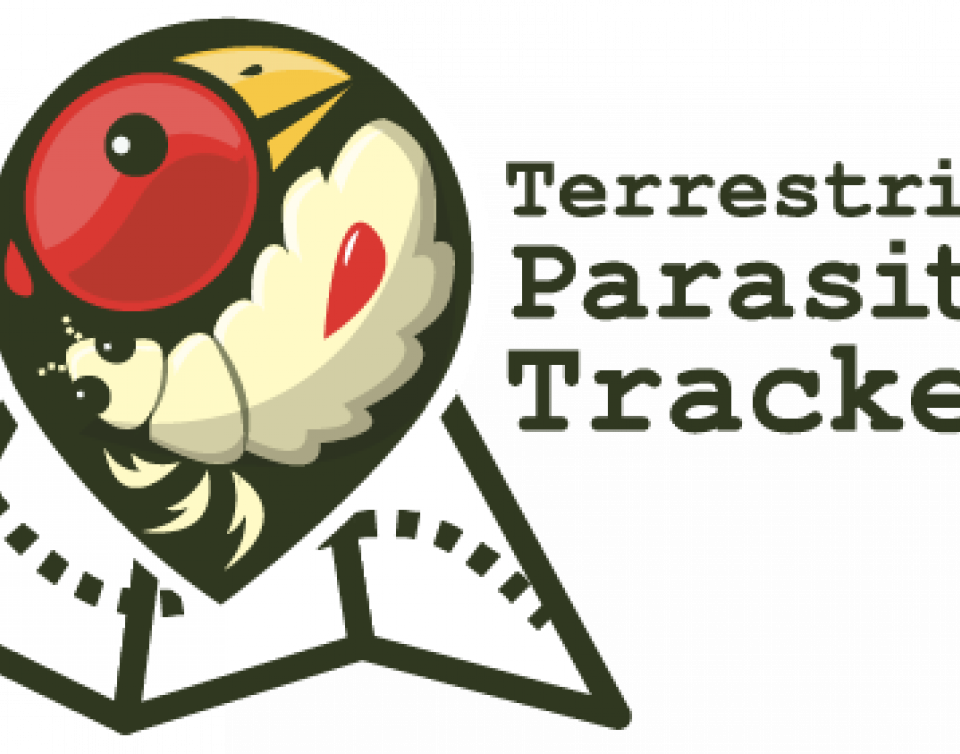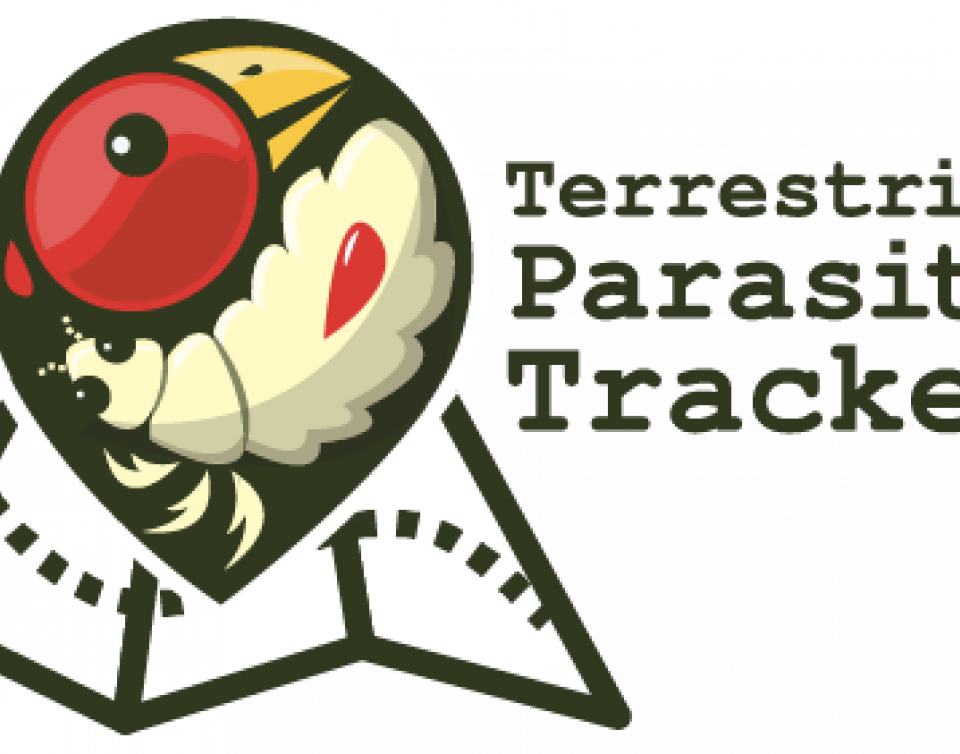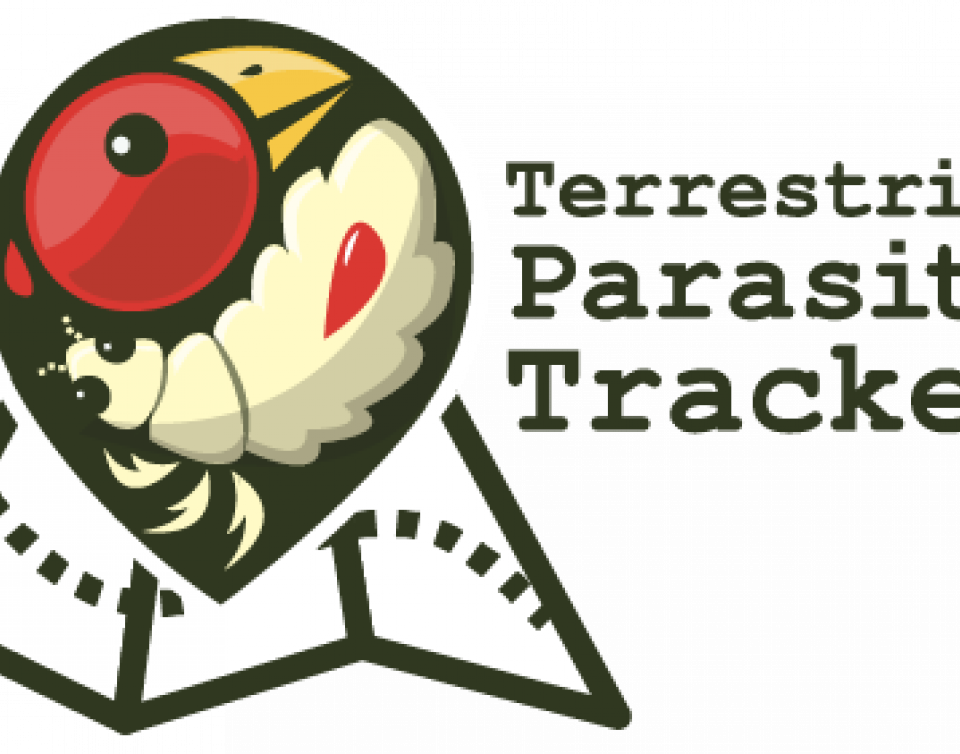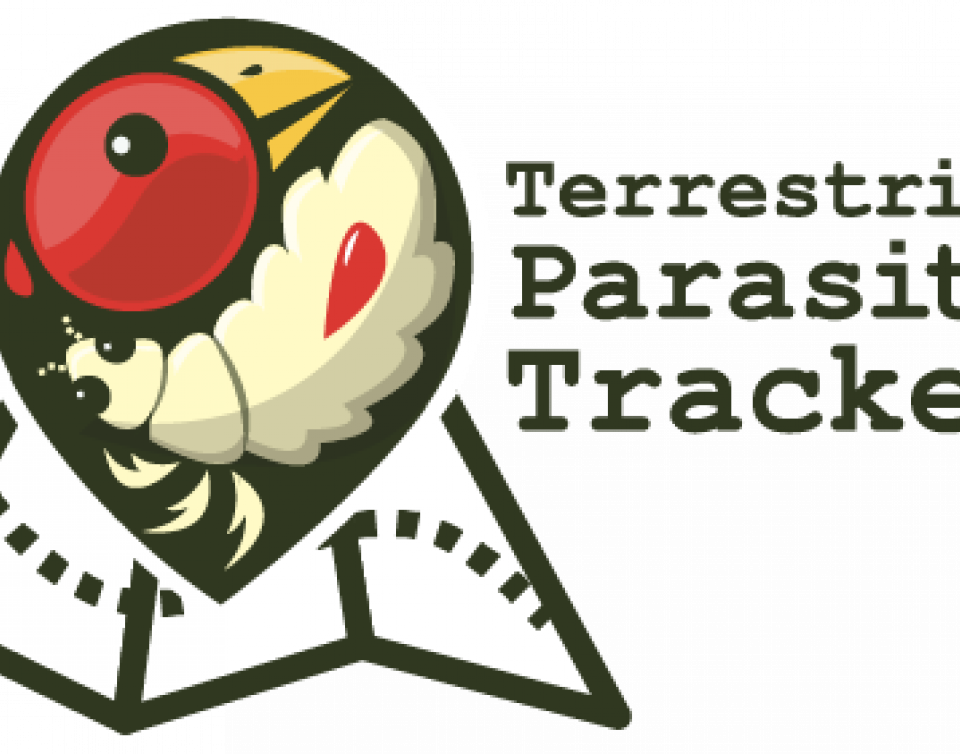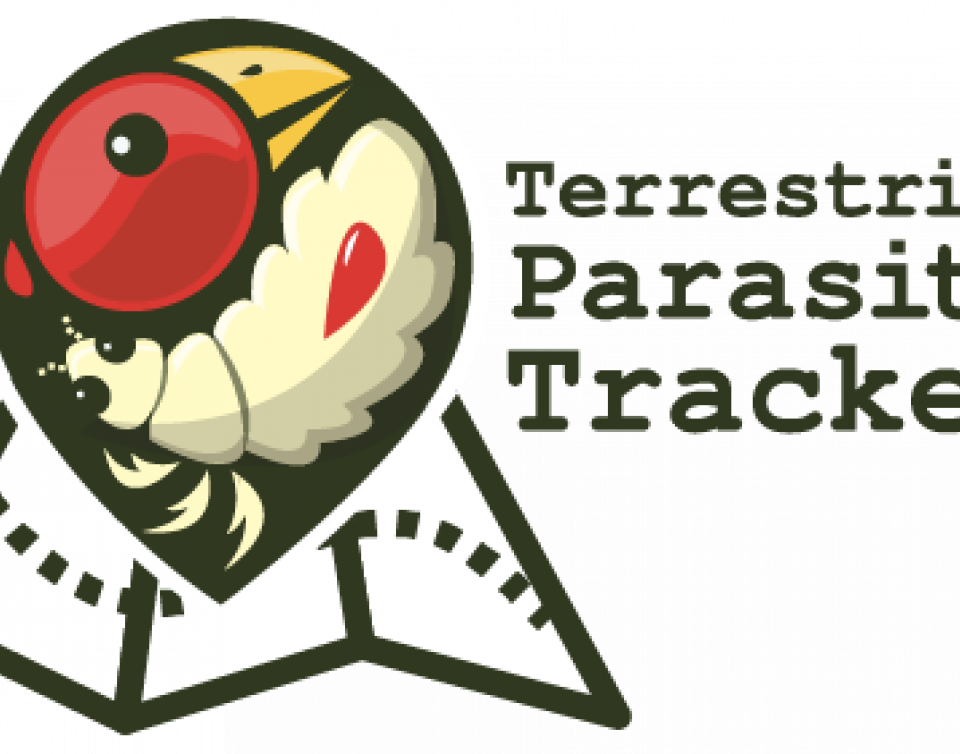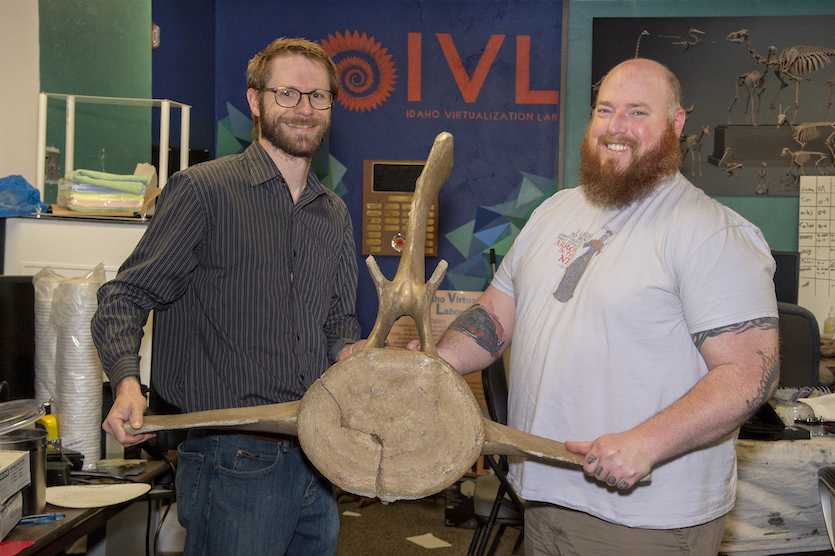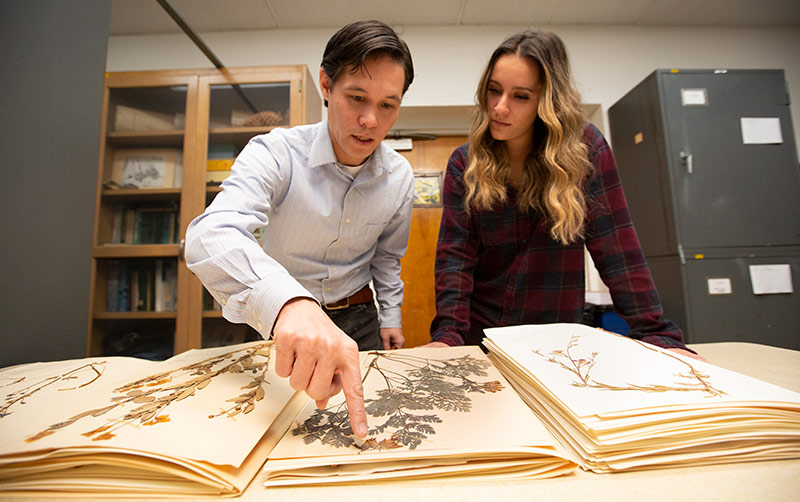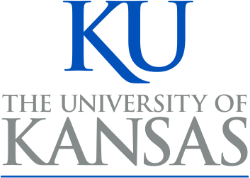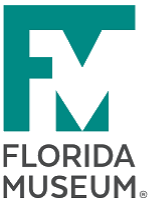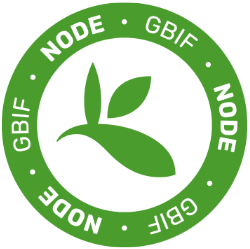TCN
2024 TCN Webinar Series

This fall of 2024, iDigBio will be highlighting digitization efforts made possible through Thematic Collection Networks (TCNs) and Partners to Existing Networks (PENs). In lieu of a fall virtual conference, we would like to highlight TCNs through a series of webinars.
INHS among collaborators on NSF-funded project to digitize bryophytes and lichens
Illinois Natural History Survey mycologist Andrew Miller and colleagues from 25 institutions across the U.S. received a $3.6 million grant from the National Science Foundation to image and digitize associated metadata for close to 1.2 million lichen and bryophyte specimens housed in their collections. Among the extensive holdings of the INHS Herbarium are more than 35,000 bryophyte specimens and more than 23,000 lichens from around the world.
2020 TCN and PEN Awards
Welcome to all of the newly NSF-funded Advancing Digitization of Biodiversity Collections (ADBC) projects. This year we have three new Thematic Collections Networks (TCNs) and 13 Partners to Existing Networks (PENs) joining the community.
2020 TCNs:
2019 TCN and PEN Awards
Welcome to all of the newly NSF-funded Advancing Digitization of Biodiversity Collections (ADBC) projects. This year we have three new Thematic Collections Networks (TCNs) and six Partners to Existing Networks (PENs) joining the community.
2019 TCNs:
Purdue leading effort to digitize North American parasite collections
WEST LAFAYETTE, Ind. – Parasites play significant roles in human health, wildlife conservation and livestock productivity. But getting an accurate picture of their distributions and associations with hosts is difficult because the specimens and their location data are often hidden away in vials and on microscope slides in research collections all over the country.
Idaho Museum of Natural History researchers receive grant to digitally scan bones of California blue whale
Fay A. MacFadden Herbarium Comes Alive Through Digitizing Dried Plant Collection
Above, plant biology student Kassandra Rodriguez and her faculty mentor Joshua Der examine the Dicentra formosa, an historic specimen collected by botanist Fay A. MacFadden and part of the herbarium collection.
CSUF News Service
February 25, 2019
University of Michigan Herbarium Highlighted for Work with Great Lakes Invasives Network
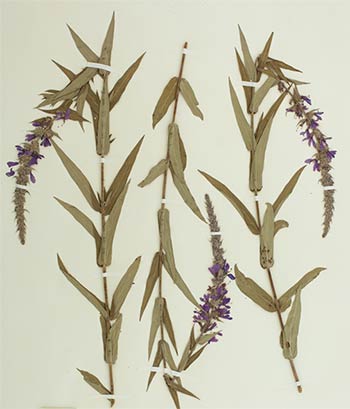
Purple loosestrife. Image courtesy: U-M Herbarium.
The University of Michigan recently published their fourth installment in a series of articles highlighting the University of Michigan Herbarium's digitization efforts and participation in ADBC.
Creating The Microfungi Collections Consortium
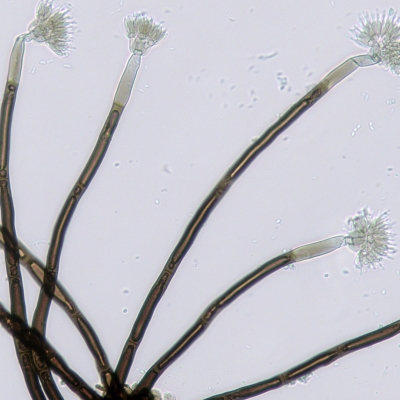
Long stalks of Thysanophora penicillioides, a microfungus that grows on fallen hemlock needles. Photo courtesy of: Kathie T. Hodge
University of Michigan Herbarium Recognized For Macroalgal Digitization Project
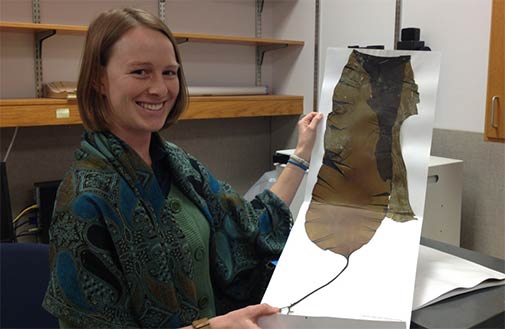
Samantha Winder, project coordinator, shows an algal specimen. Photo courtesy of the University of Michigan Herbarium.
A third article was recently published by the University of Michigan in their series on the University of Michigan Herbarium's digitization efforts.
NSF Awards Fifth Round of ADBC Grants to Enhance America's Biodiversity Collections
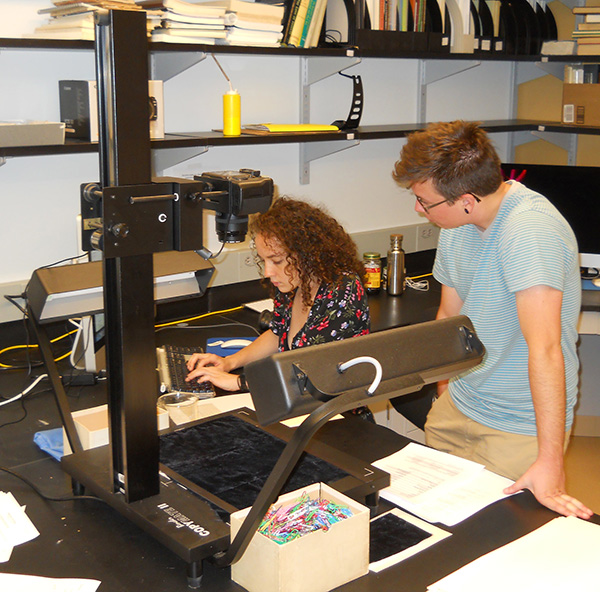
Alex Kuhn (of the University of Illinois) instructs Patty Kaishian (of Syracuse University) on how to enter label data from microfungi specimens. Their work is part of the Microfungi Collections Consortium, funded through the ADBC program. Credit: Andrew N. Miller, Illinois Natural History Survey, University of Illinois
CMU Herbarium Highlighted for TCN Collaboration
Photo provided by Central Michigan University / Steve Jessmore
TCN Collaborator Featured by The Times and Democrat
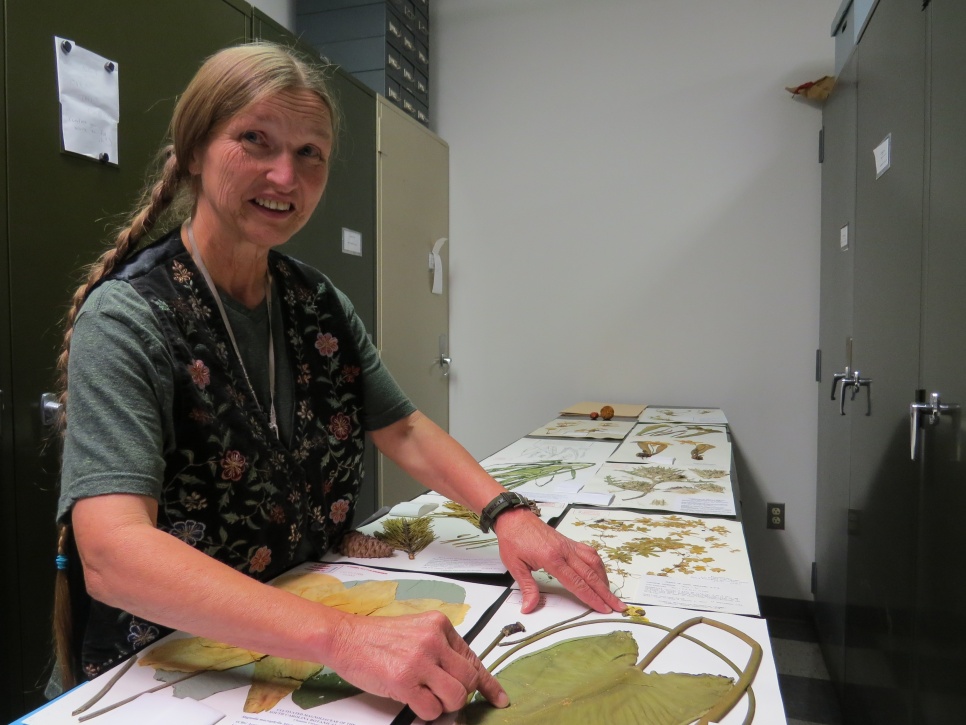
Dixie Damrel, Clemson University Herbarium curator, displays some of the 100,000-plus dried plant specimens in the collection. Image Credit: P. Kent/Clemson University.
The Times and Democrat released an article Sunday (October 26, 2014), that highlights the Clemson University Herbarium’s involvement in an NSF funded, four year project to digitize herbarium specimens.
Newberry College News Features Herbarium Participation in New TCN
“Newberry College is honored to participate in a project that will make botanical research more accessible to the global scientific community” -Newberry College president, Dr. Maurice Scherrens.
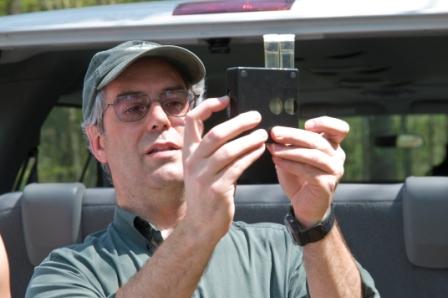
Arkansas State University News Highlights New TCN
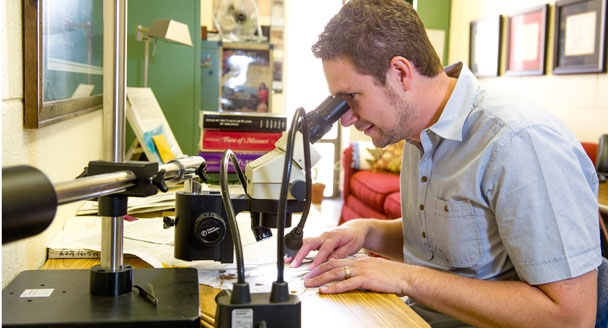
Dr. Travis D. Marsico, by Andrew Ferguson/A-State Marketing and Communications.
University of Michigan Features Faculty Participation in Two of the New TCNs
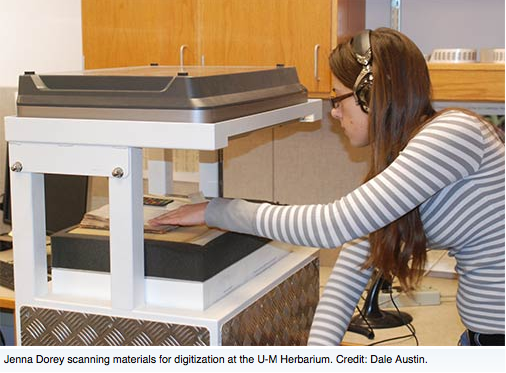
Two of the six NSF grants recently awarded through the Advancing Digitization of Biodiversity Collections Program involve collaborators from the Department of Ecology and Evolutionary Biology at the University of Michigan.
News Article Showcases Wisconsin State Herbarium-Led Digitization Project
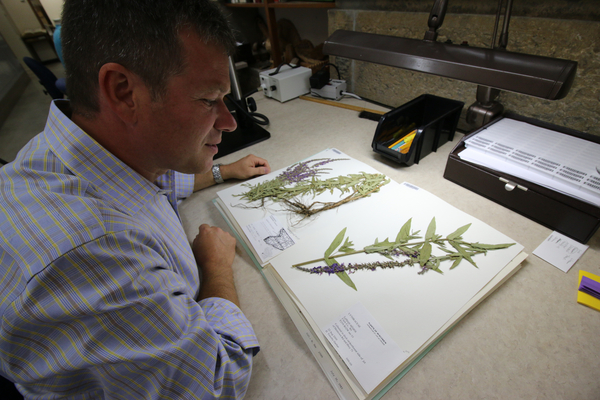
Kenneth Cameron, director of the Wisconsin State Herbarium
Photo: David Tenenbaum/University of Wisconsin-Madison
New Grant Will Expand Access to Land Snail Collection
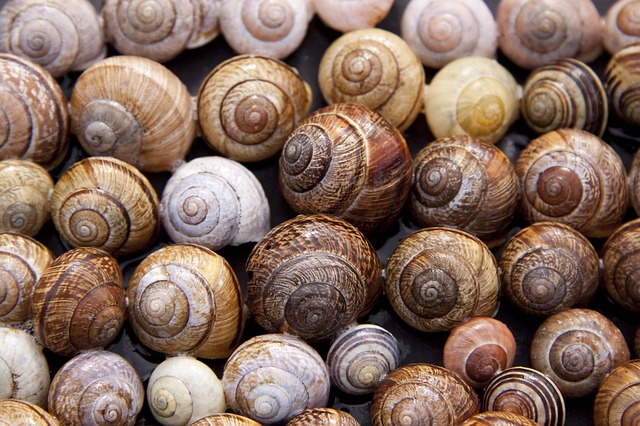
Appalachian State University’s Webpage Highlights New Digitization Project
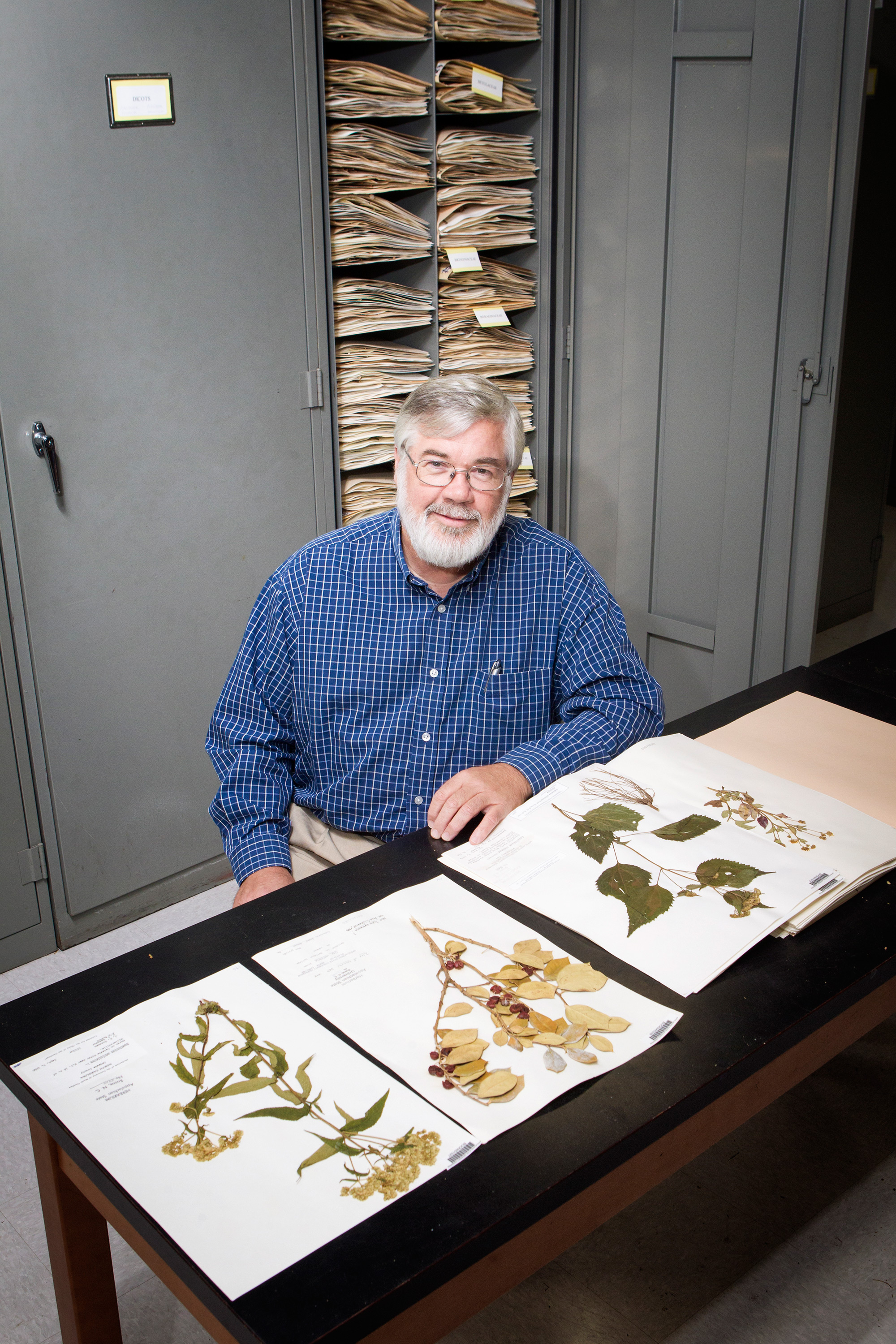
Zack E. Murrell, a professor at Appalachian State University, was given recognition in an article released by Appalachian State University, University News for receiving an NSF grant for $2.5 million dollars to digitize and create a database for more than 3 million plant specimens across the Southeast.


